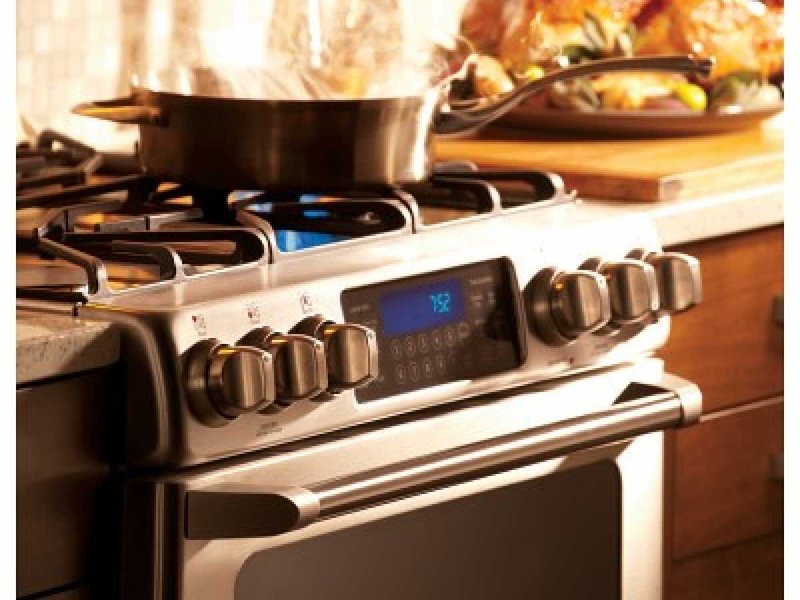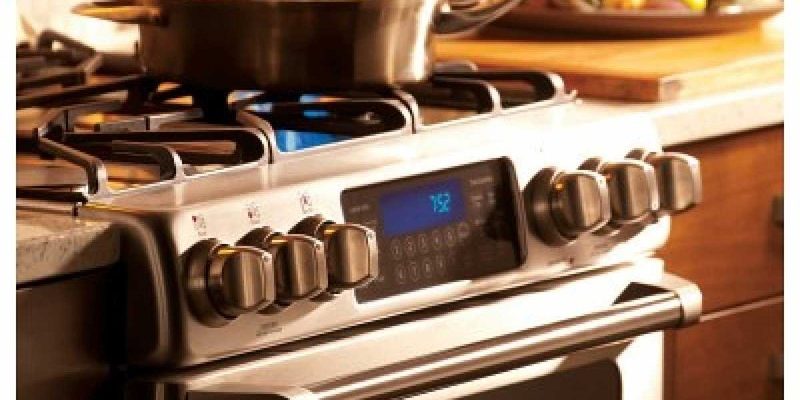
The error code “LE” on GE ovens and ranges typically signals an issue with the oven’s door lock mechanism, often appearing during the self-cleaning cycle. Think of it like your oven’s way of telling you that its door isn’t locking or unlocking properly. Imagine if your car’s door wouldn’t latch — it’s a small thing, but it means you can’t drive safely. Similarly, an oven door that doesn’t lock properly can disrupt your cooking plans or cause safety issues. But what exactly does that mean for you, and how should you handle it?
Understanding the GE Oven Error Code LE
First things first, let’s unravel what the LE error actually means. In the world of GE appliances, this code pinpoints an issue with the electronic locking mechanism. During certain processes, like the self-cleaning mode, the oven door needs to lock to ensure all that intense heat stays inside. The “LE” error indicates that the oven thinks the door isn’t locking correctly.
This could be due to a mechanical glitch where the lock isn’t engaged, much like a car seatbelt that’s stuck and won’t click into place. Alternatively, it might be an electrical issue, perhaps something akin to a loose wire in your stereo that leads to crackling sounds. The oven’s brain — its control board — might not be sending the right signals to the door lock, causing the pesky LE code to flash up. Understanding this is key because you can then decide whether it’s a minor inconvenience you can tackle yourself or if calling in a professional is the better route.
Why Ignoring the Error Might Not Be the Best Idea
You might be tempted to brush off this error, especially if it hasn’t seemed to affect your day-to-day cooking. But here’s the thing: ignoring it could lead to bigger problems down the line. For one, the self-cleaning cycle, which heats the oven to higher-than-normal temperatures to burn off residue, relies on the door being securely locked. If the door isn’t locking properly, it poses a safety risk — similar to leaving your front door open when you leave the house.
Beyond safety concerns, ignoring the error might cause more wear and tear on the door lock mechanism itself, potentially leading to more expensive repairs. Think of it like a small leak in your roof. Over time, it could cause serious water damage if not addressed promptly.
If you notice this error code, try resetting the oven by switching off the power for a minute or two and then turning it back on. This simple move can sometimes clear minor electronic glitches. But if the code persists, it’s wise to investigate further or get in touch with a professional.
How to Address and Fix the Error Code
If you’re a DIY enthusiast at heart, you might feel up to the challenge of sorting out this error yourself. Before diving in, ensure you’ve unplugged the oven to cut off any power — safety first, just like making sure your bicycle is turned off before fiddling with the chain. Once that’s done, take a closer look at the door lock assembly. Is it visibly damaged or obstructed by debris?
Check the connections to make sure they’re intact, a bit like ensuring your phone charger is snugly connected. Cleaning any gunk around the locking mechanism with a soft cloth might also resolve the issue if dirt is causing an obstruction. However, if the problem seems rooted in the electronics, such as the control board, or if nothing you do seems to work, it’s probably time to call in a specialist.
Preventing Future Occurrences
Prevention, as they say, is often better than cure. Regular maintenance of your GE oven can help prevent future LE errors. After every use and especially following a self-cleaning cycle, ensure the door lock mechanism is in good shape and free from any buildup or residue. Wipe away any spills promptly with a soft, damp cloth, much like you’d clean up a spill on your kitchen counter to prevent sticky messes.
Scheduling regular check-ups with a professional technician can also keep your appliance in tip-top condition. It’s a bit like regular oil changes for your car — it keeps everything running smoothly and helps to catch issues before they become serious problems.
In conclusion, while the LE error code might be a minor nuisance, giving it the attention it needs can save you from bigger headaches and ensure your appliance remains a reliable partner in your culinary adventures. So, while it’s tempting to ignore, a little care and proactive action can go a long way.
